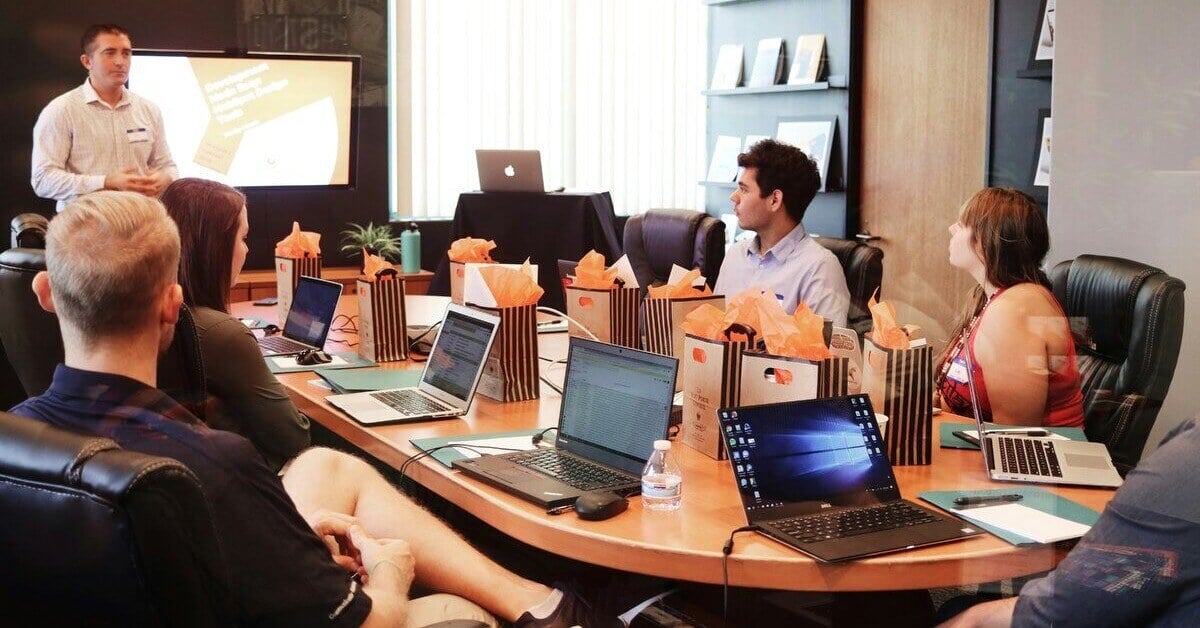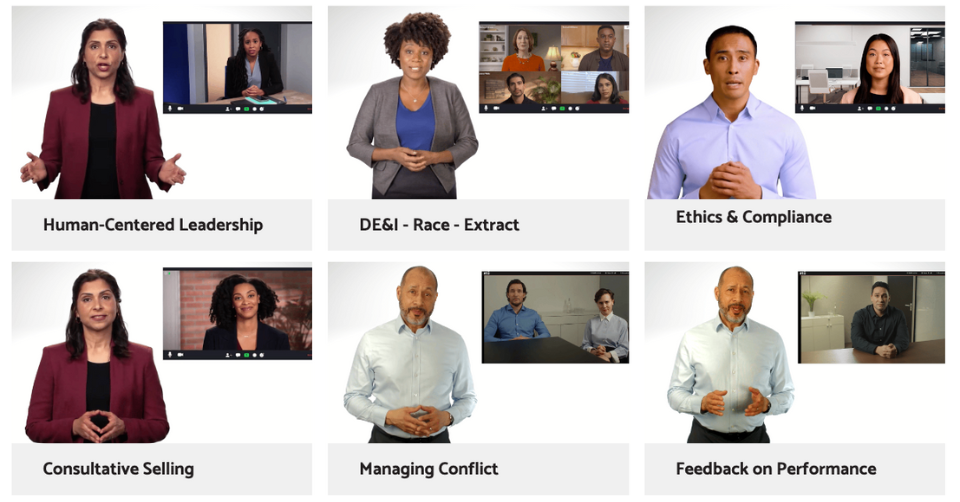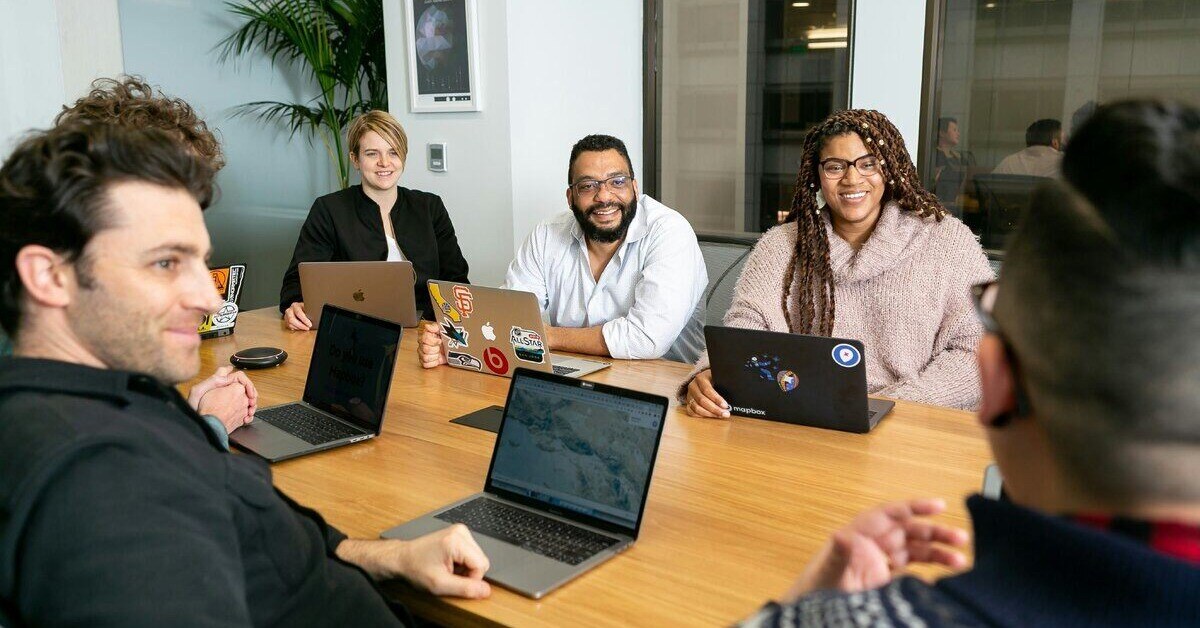4 leadership skill gaps to close in 2025

Great leaders are the foundation of any organization. Yet too many companies are still falling short when it comes to closing key leadership skill gaps.
Whether you’re developing first-time managers or preparing future executives, addressing these gaps is essential. Let’s break down the four most pressing leadership skill gaps and how immersive learning can fix them.
The three critical challenges in global leadership development
1. Leading in hybrid and remote environments
The Gap: Traditional leadership behaviors don’t always translate to remote environments. Remote teams demand intentional communication, empathy across screens, and high trust. This makes it harder to be a leader at a remote or hybrid company.
The Solution: At Lincoln Financial, simulation training enabled managers to rehearse feedback, team check-ins, and coaching… all in realistic virtual training environments. These "dry runs" were a very successful component of their blended learning strategy, making training much more effective.

2. Giving and receiving feedback effectively
The Gap: Feedback is what employees need to develop and improve, but way too many leaders don't provide it in a constructive way. What leaders think they're saying and reinforcing on a regular basis isn’t always what’s heard.
The Fix: Immersive simulations offer the opportunity to practice performance conversations and receive real-time, behavioral feedback from their own employees. See an example of this in a Leadership Simulation here. Over time, a leader’s feedback becomes more accurate, actionable, and consistent, allowing sustained performance improvement across teams. But this only happens when leaders can practice without consequences.
3. Decision making under pressure
The Gap: Leaders typically find it difficult to make decisions under pressure (especially where they are short on data or facing competing priorities).
The Fix: High-pressure situations have to be practiced within a learning environment first. Just like an Olympic athlete wouldn’t jump into their event without practicing, a high-performance leader shouldn’t be jumping into high-stakes situations without practice either. By going through simulated experiences where a difficult decision must be made, leaders develop the “muscle” of decision-making without the real-life stakes.
3. Coaching and developing others
The Gap: If you had a team that could be upskilled each quarter, your business would never fall behind. That’s why it’s a leader’s job to provide coaching and development to the team whenever possible. However, many leaders still don’t know the proper way to go about this mentorship.
The Solution: Coaching and developing others is very nuanced, depending on your leadership role or industry. However, Capgemini is a great example of a company that successfully deployed a leadership development program with this in mind. Within their simulations, read more about how they built in coaching, feedback, and more here. Overall, leaders should actively study the problems arising within their teams – then help design training plans or individual feedback to improve performance.
How to upskill leaders
Bridging gaps in leadership skills can't be accomplished through additional PowerPoint presentations and hypotheticals. Leaders need real-life, active learning that helps them practice and develop their skills quickly.
That’s why companies are turning to immersive simulation to upskill their leaders. Ready to bridge the gaps that matter most? Try a leadership simulation from ETU here.


